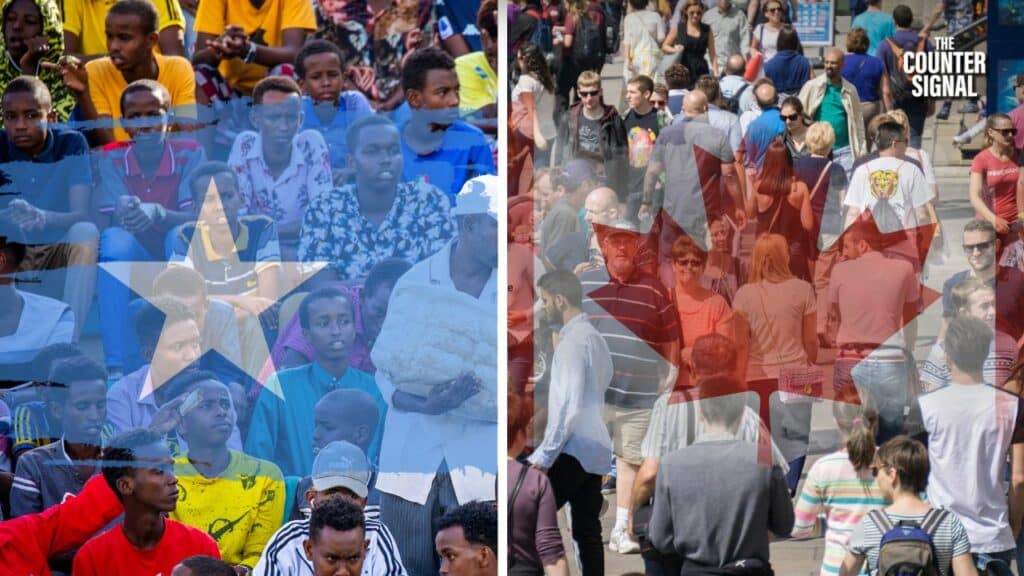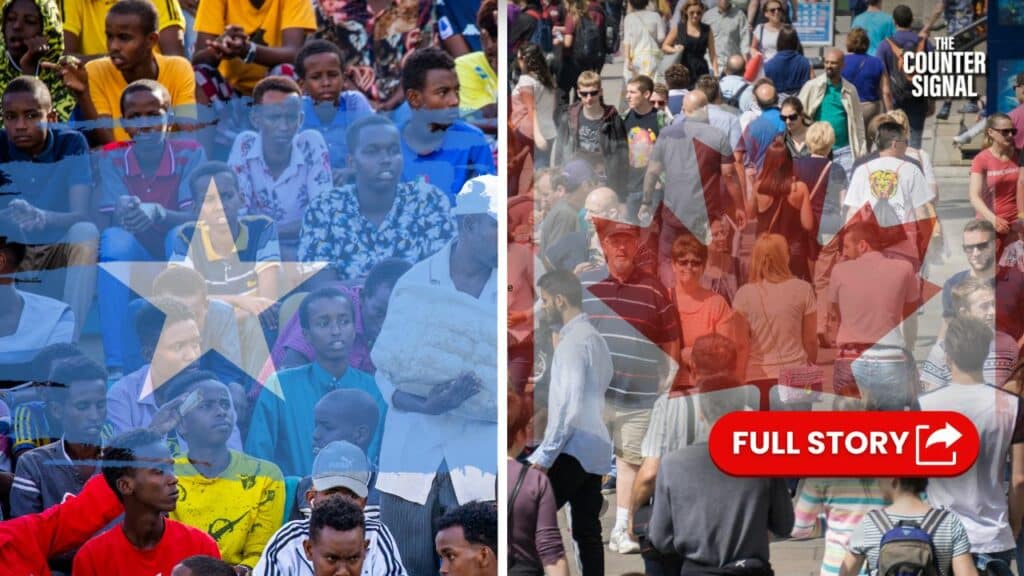The population growth of Canada hit approximately 3.2% in 2023, exceeding third-world countries like Somalia.

By October of last year, Canada’s population had risen by approximately 1.25 million, driven largely by immigration, with Canada accepting a total of 454,590 new permanent residents and 804,690 non-permanent residents.
Most of this immigration occurred in the quarter between July and October 2023. During this period, Canada saw an increase of 430,635 (1.1%)—the single largest quarterly increase in the country’s history—which almost fulfilled the yearly immigration target in just 3 months.
Notably, the number of non-permanent residents has grown exponentially. By mid-2023, an estimated 2.2 million non-permanent residents were residing in Canada—46% more than the same time a year prior when Canada only had 1.5 million. According to StatsCan, “This represents the largest year-over-year increase in the population of non-permanent residents living in Canada since comparable data are available (1971/1972), with the increase in work and study permits accounting for most of the change in the last year.”
Outrageous unaffordability: The Liberals wheel back their immigration policy
Indeed, only recently, the Liberals were forced to admit that their foreign student policy had created an affordability crisis. This led to the party wheeling back their open-door student visa policy amidst heavy criticism. Ultimately, this resulted in a cap on the number of student visas at 360,000 for 2024, marking a 35% decrease from the 2023 figure, though the party plans on reassessing this cap in the years to come.
Perhaps unsurprisingly, 98% of Canada’s population growth between July 2022 and July 2023 also stemmed from immigration. At the time, Statistics Canada reported that the country exceeded 40 million residents for the first time in its history, up a whopping 1,158,705 new residents from the previous year and representing a 2.9% total increase in the population. And this is consistent with year-on-year trends.
Immigration vs. Canada’s birth rates
And while immigration continues to reach ever-higher highs, the birth rate of native-born Canadians continues to plummet to ever-lower lows.
As previously reported by The Counter Signal, the average birth rate for each woman decreased by 0.07 per cent to 1.4 children per woman in 2020, leading to only 358,604 births that year—a 13,434 drop in newborns from the prior year. This is, of course, significantly lower than the 2.1 births per woman needed to maintain replacement levels in a population and was, at the time, a record low for Canada.
However, much like the trend of immigration, this trend has also continued, at least since 2009.
In 2022, fertility dropped to only 1.33 births per woman—the lowest figure since Statistics Canada began collecting data—compared with 1.44 births per woman in 2021.
In a statement in January, Western University professor Don Kerr linked the recent ultra-low birth rate to two primary factors: the pandemic and the terrible economic situation Canadians are faced with.
“It’s been tight for a lot of people. Inflation certainly hasn’t helped,” Kerr said. “For some couples, looking at their paycheques, looking at their expenses, they’re saying ‘maybe now is not an ideal time to have kids.’”
Specifically, he pointed to Vancouver, where the birth rate is at the nation’s lowest. Just 1.1%. Kerr stated, “I’d assume that the cost of housing is relevant there.”
This is, of course, highly relevant to Canada’s immigration policies, as immigration is viewed as a cure-all for Canada’s abysmal birth rates.
“We’ve relied increasingly upon immigration in maintaining population growth,” Kerr explained. “That’s the logic behind much of the immigration policy from the federal government.”











